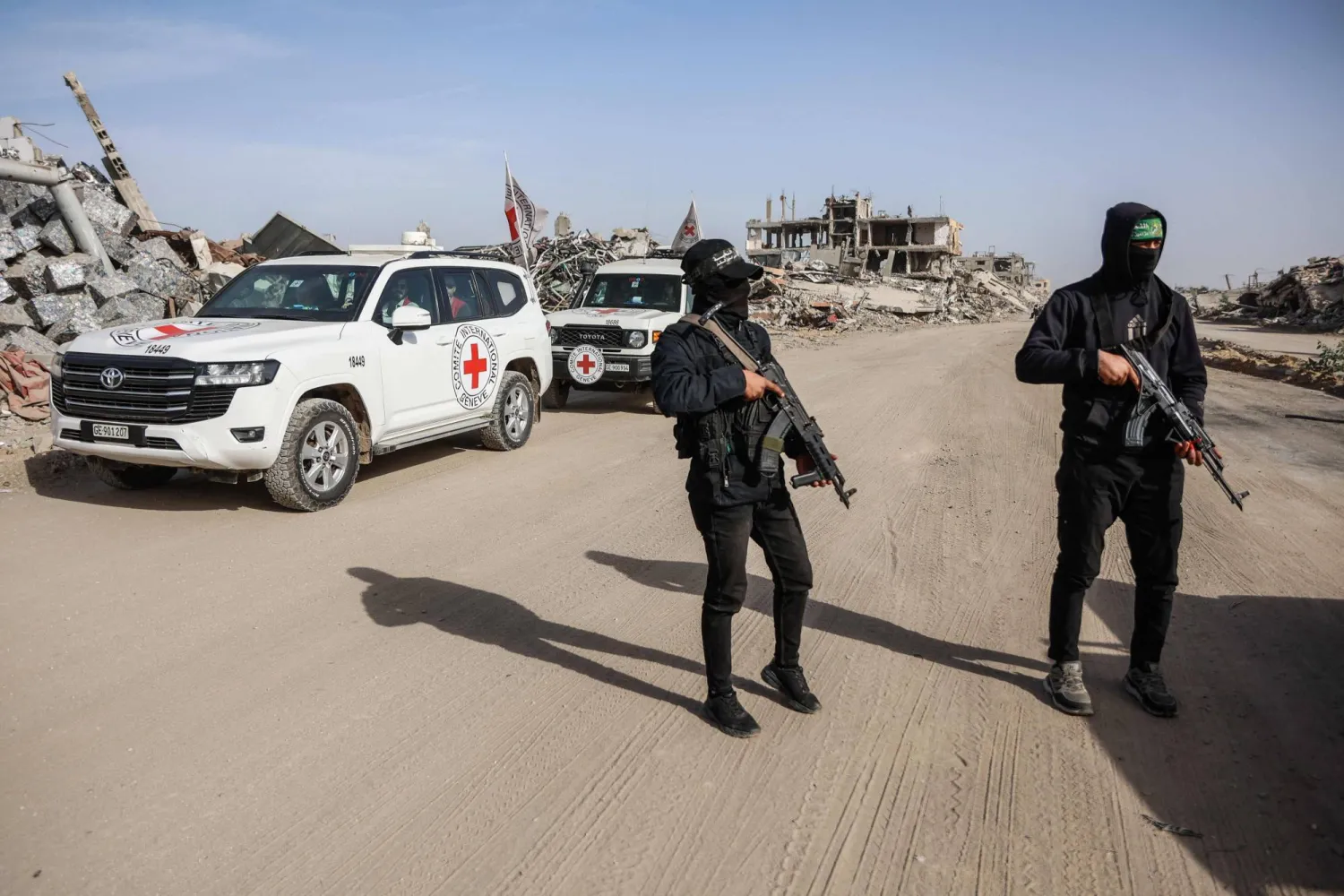A report released by the Yemeni Joint Forces operating on Yemen’s west coast accused Houthi militias of committing over 13,000 violations against the Hodeidah ceasefire, also known as the Stockholm Agreement.
Waddah Al-Dubeish, a spokesman for the Yemeni Joint Forces in the west coast, said that chances of reaching a political settlement “were aborted.”
Dubeish blamed Houthis for sabotaging the Agreement which was signed in Sweden last December.
He also lambasted the international silence Houthi violations were met with, and said that it was complicit in the deadly crimes that killed finding a peaceful solution.
According to data collected by the west coast operations taskforce, violations took place in different areas.
Dubeish stated that at least 1,567 violations were large enough to constitute full-fledged acts of war. These violations took place mostly in the Durayhimi, Hays and Tuhayta districts, all of which belong to the Hodeidah governorate.
These violations have resulted in hundreds of deaths of women, children and the elderly. Hundreds of others were severely injured.
According to the report, the militias partially and totally destroyed 446 homes, mosques and farms in Hodeidah. Houthis did not only kill people, but also animals and trees.
The insurgents have also exploited the calm ensured by the Stockholm Agreement to detain and kill anti-coup activists in Hodeidah.









